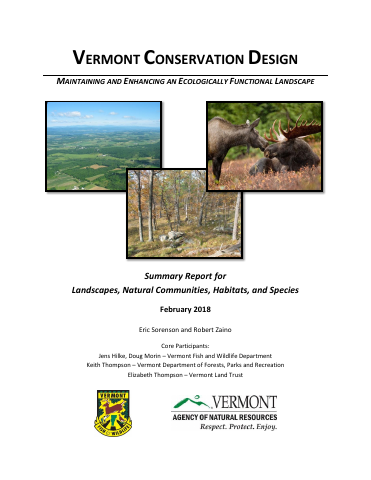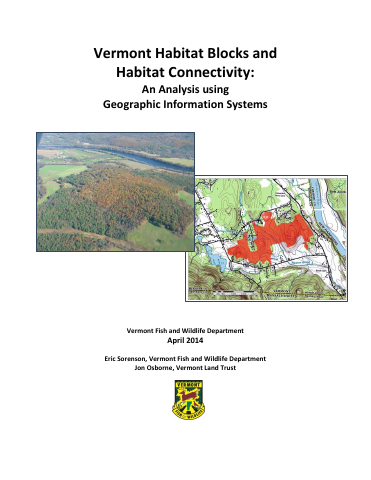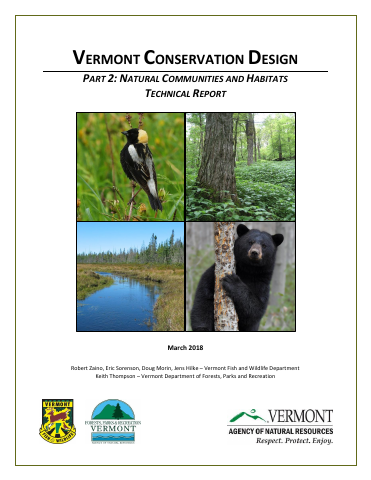Project description (English)
Vermont Conservation Design identifies features at the landscape and natural community scales that are necessary for maintaining an ecologically functional landscape – a landscape that conserves current biological diversity and allows species to move and shift in response to climate and land-use changes. BioFinder (http://BioFinder.vermont.gov) is the online map accessible to everyone that brings the data alive. At the landscape scale, users can see patterns in Vermont’s forests, waterways, and the places that connect both into functional networks. At the community scale appear significant natural communities, lakes representing high quality examples of different lake types, and similar important features that are vital to assemblages of plants and animals. Finally, a user can see components that support individual species—the habitats and locations on which rare and uncommon species rely, for example. At all scales, Vermont Conservation Design identifies locations of ecological priority. These are divided into priority or highest priority areas, to allow users to make informed decisions about the locations most suitable for development and those on which to focus conservation efforts.
Project description (French)
Main contact organization for the project
Vermont Fish & Wildlife Department
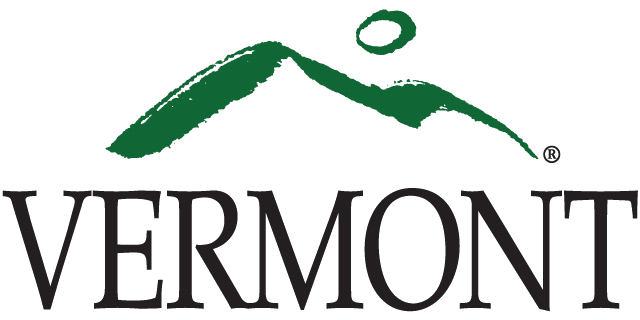
Partner organization(s)
Vermont Land Trust

Vermont Department of Environmental Conservation

The Nature Conservancy

Vermont Department of Forests, Parks and Recreation
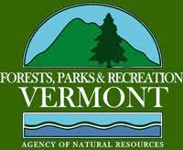
Part of larger network(s)
Staying Connected Initiave (SCI)
Project status
Underway
Start year of project
2012
Primary ecosystem focus
Forested
Freshwater
Riparian
Connectivity action
Core priority area designation
Corridors network design
Land protection
Land use planning
Outreach
Policy and governance
Research (Field evaluation of connectivity)
Research (Modelling)
Restoration
Standard keywords
Corridors
Stepping stone
Transportation (roads, rails, bridges, culverts)
Keywords
Conservation Design
Interior Forest
Physical Landscape Diversity
Surface Waters & Riparian Areas
Natural Communities
Rare Species
Wetlands
Vernal Pools
Conservation Targets
Taxonomic Coverage
Amphibians
Birds
Fish
Fungi, molds and yeast
Insects
Mammals
Other invertebrates
Reptiles
Vascular plants
Geographical coverage
Jurisdiction(s)
Vermont
Location name
Vermont (statewide coverage)
Reports, publications or pictures
